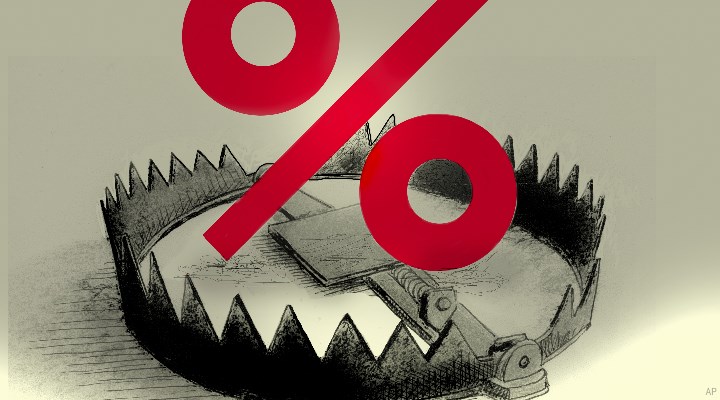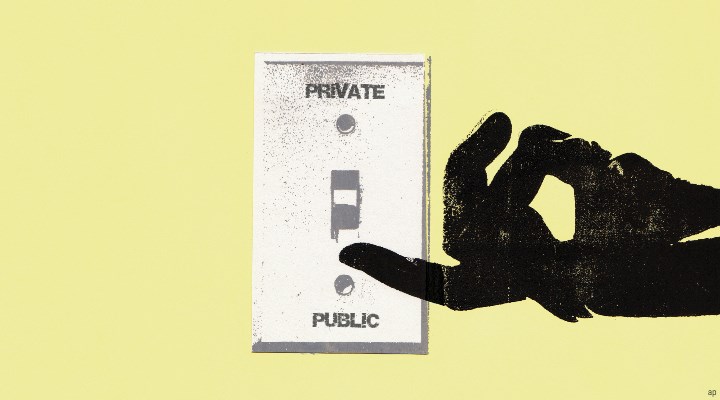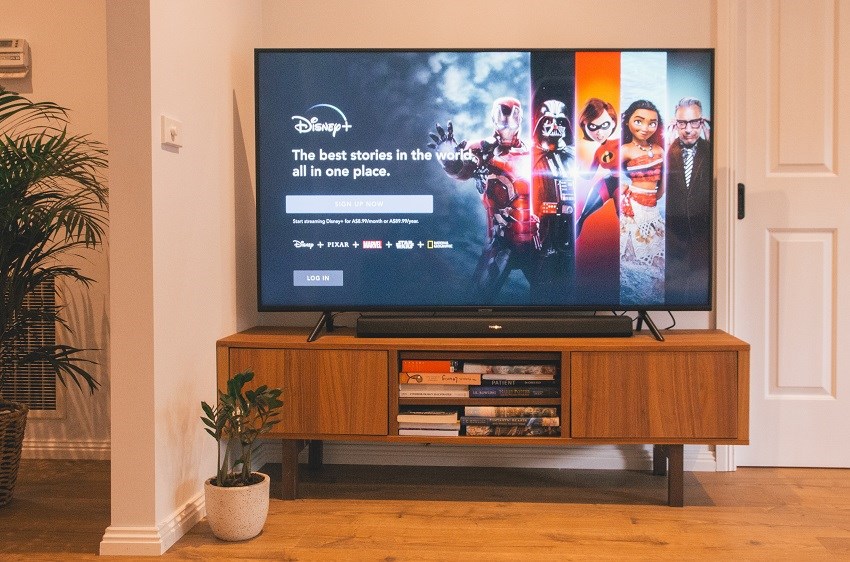
Though interest rates are rising quickly, the fact is that they are still at all-time lows when compared to a broader history. This leaves a conundrum for income-focused investors, and tempts them into chasing high yielding stocks that could help supplement cashflows from a fixed income portfolio.
Most dividend seeking investors are looking for a steady income stream over time (i.e. a consistent dividend). But herein lies the danger – despite boasting juicy yields, not all high-flying yielders provide a safe and consistent dividend.
One way that might help determine whether a dividend is sustainable is to look for the dividend payout ratio (in some markets the inverse of this is used, known as the dividend cover ratio). This is a simple proportion of a company’s earnings or operating cashflows that are paid out in the form of dividends. For the most part, investors should be looking for conservative (lower) dividend payout ratios that show that the company is not paying out too much in the form of dividends, a practice that simply cannot be sustained over time. Simply put, a company cannot continue to pay out more than it is making without depleting its balance sheet.
There are a handful of ways to calculate a dividend payout ratio. All iterations take either the trailing or expected dividend and divide by either trailing or estimated earnings or cashflows.
To help with this search, I used Morningstar CPMS to first rank the stocks in the Canadian database by their dividend yield. I then screened for companies that had payout ratios against earnings greater than 80% (on both a trailing and estimated earnings) and payout ratios against cashflows (trailing and estimated operating cash flows) of greater than 60%. Note that this analysis does not necessarily mean that these are poor stocks to own – only that an investor should think twice before investing in them for the purposes of receiving a steady dividend. In the past, I’ve written in detail about why long term investors should be indifferent about receiving dividends over capital gains. Here, we highlight stocks that are unlikely to be able continue to pay exorbitant dividends in the future.
This article does not constitute financial advice. Investors are encouraged to conduct their own research before buying or selling any of the securities listed here.




















